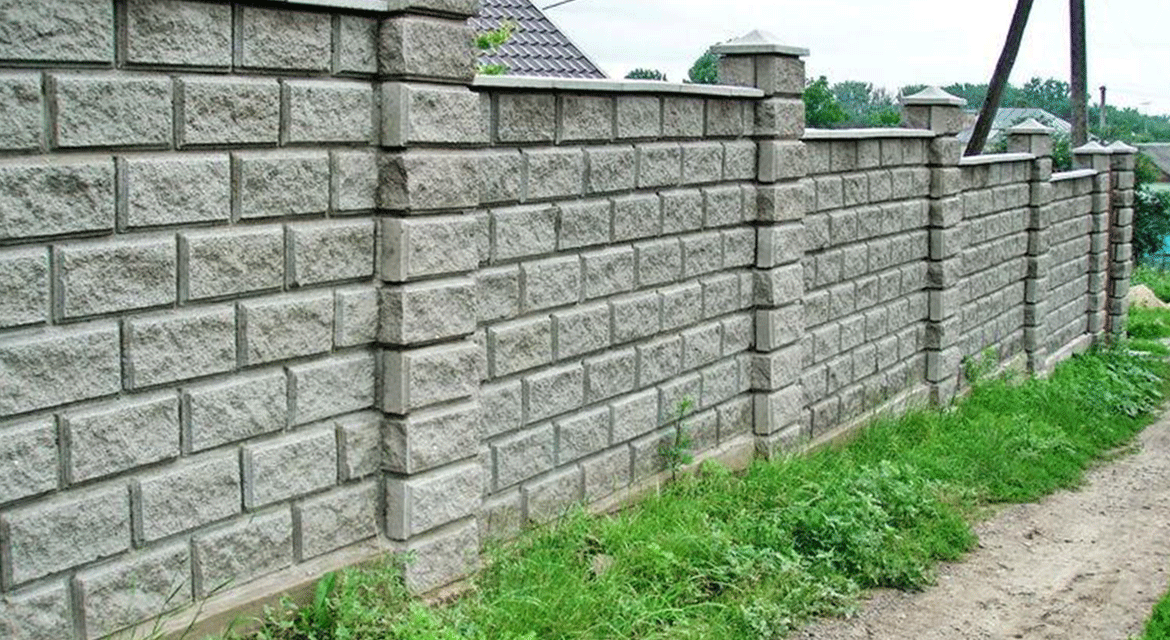Retaining walls are built to prevent soil from shifting down a slope. They are essential when the ground is exposed to heavy rains or a lack of vegetation. They also help to reduce stormwater runoff. If you’re looking for a durable solution for steep slopes, look for a retaining wall made of heavy-duty material. Unilock makes a wide variety of retaining walls that can complement any architectural style and increase the value of your property.
Retaining walls are often built on a foundation slab. If the slab is positioned correctly, the retaining wall will hold back a significant amount of soil. To make an adequately engineered retaining wall, you need to understand the basics of foundations and physics.
The Civilian Conservation Corps first built retaining walls in the mid-1930s. They are often used in landscaping, as they help keep land level. A retaining wall can be filled with soil from other areas and must be strong enough to hold its load.
Retaining walls are structurally rigid and designed to hold back the soil. They can be made of various materials, such as concrete blocks, poured concrete, timber, rocks, and boulders. They are also called seawalls. Some of the best retaining walls have a vertical stem and a base block, ensuring that the earth does not slide or erode.
Soil nailing is another option for retaining walls. These are usually used in soft soil or small spaces. Soil nailing systems are made of steel, vinyl, or aluminum. Sometimes wood planks are used. These materials can be used for retaining walls and can be a great alternative to reinforced concrete.
The most basic type of reinforced wall is a gravity wall. This wall relies on mass and sheer weight to hold the soil. These walls can be made of various building materials but rarely plain concrete. They can be up to 3m (10 feet) tall.
The Importance of Retaining Walls
Retaining walls play an important role in protecting your property from erosion and landslides. They can also be used to create level areas in your yard, which can be helpful for gardening or entertaining. In addition, retaining walls can add to the aesthetic appeal of your property. They can provide a beautiful backdrop for your flowers and other landscaping features when well-designed.
Types of Retaining Walls
There are several different types of retaining walls available on the market. The most common ones are wood, stone, or concrete. Wood retaining walls are the least expensive option, but they require more maintenance than other types of retaining walls. Stone and concrete retaining walls are more durable and require less maintenance over time. However, they are also more expensive to install.
Retaining walls are an essential landscape feature that can protect your property from erosion and landslides. They come in various styles and materials, so you can choose the one that best fits your needs and budget. With proper care and maintenance, your retaining wall will last many years.
